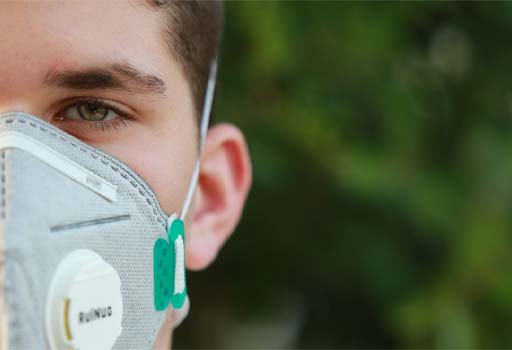2 Adversity
Adversity is commonly defined as ‘a difficult or unlucky situation or event’ (Cambridge Dictionary, 2020). In the world of resilience research, however, adversity is expressed more strongly, as traumatic and potentially harmful events or situations. Among children and young people, resilience shows itself most markedly in being able to cope with adverse situations such as living with drug-using or alcohol-dependent parents, severe traumas such as abuse, or the death of a close relative or friend that results in the loss of security and support.
Parental divorce and a long-standing illness in a parent or caregiver are unfortunately relatively common sources of adversity. You may remember in session 2 one of the young men we interviewed mentioned his parents separating as a source of distress. According to the UK Office for National Statistics (2015), in 2014, lone parents with dependent children accounted for 25% of all families that have dependent children in them. Additionally, researchers Payler, Cooper and Bennett (2020), estimated that parent or caregiver illness could affect approximately 20% of young people aged 11-17. These situations can bring additional burdens and caring responsibilities for these young people.
Adversity can also stem from the wider socioeconomic environment, for example, neighbourhood violence, terror or war, natural disasters, pandemics and poverty (Masten and Barnes, 2018). Multiple negative life events and adverse circumstances often expressed as ACEs (Adverse Childhood Experiences) are currently a focus of concern due to their effect on wellbeing and on future health, and a growing body of research is examining how experiences during childhood and adolescence can affect health later in life (Hughes et al., 2017).
The recent COVID-19 pandemic has introduced adversity into the lives of many young people. Sources of difficulty have included health and money concerns, abrupt changes in daily routines with school closures and families confined to their homes, and a contraction of the usual support networks (Casebourne, 2020). However, research is also showing that there have been some positives. In the next activity, you’ll hear some young people talking about their experience of life during the pandemic.
Activity 4: COVID and resilience
Listen to Josie and Martha.
Transcript: Audio 1: Josie and Martha on the effect of COVID-19.
As you listen make notes on how the young women reflect on what they feel is the potential impact of COVID on young people’s mental health.
Now watch Bartholemew, Ed and Louie who also reflect on the impact of the pandemic. Make notes on their views.

Transcript: Video 2: Reflections
When you have listened to both clips, think about the different ways in which the young people demonstrate resilience.
Discussion
While Josie and Martha talk about the potential impact of COVID on young people’s mental health in relation to not being able to see as many friends and having to self-isolate they also discuss what they consider to be some of the positive effects of the pandemic which encouraged them to have some ‘breathing space’ and reflect on what is important in their life and particularly the value of ‘slowing down’.
Similarly, the young men discuss how they ‘enjoyed’ aspects of the pandemic which they felt enabled them to learn how to ‘enjoy life’ in different ways and to appreciate the value of friendships in keeping them sane.
You may have noted how the young people demonstrated the capacity to adapt to a challenging life circumstance.
There are two slightly paradoxical ways of looking at the relationship between resilience and adversity. One way is to accept that people develop resilience through successfully coping with challenges. Another way is to recognise that people can be rendered less resilient through adverse experience and circumstances that have made them more vulnerable. Young people who are rendered more vulnerable through adversity are more likely to experience anxiety or depression, exhibit behaviours which many may define as ‘disruptive’ and, in some cases, turn to substance use (Hughes et al.,2017, Oldehinkel and Ormel, 2015). Later on, you will explore how these two scenarios can happen.
In the next section, you’ll consider an example of disruptive behaviour, which can be a sign of living with adversity.

